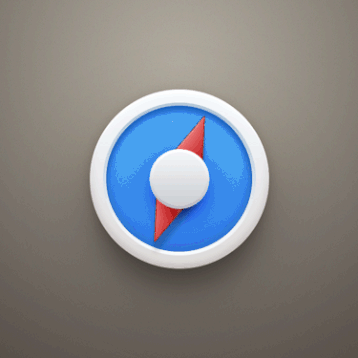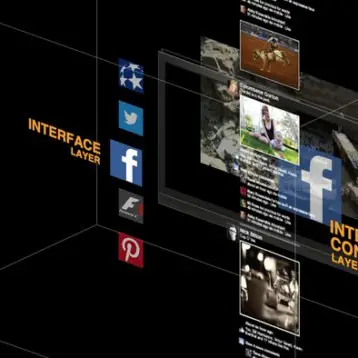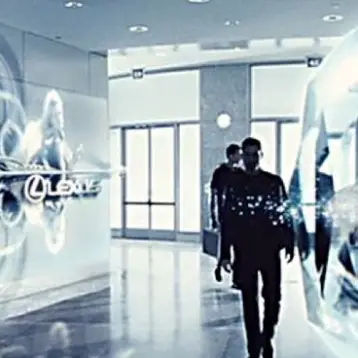Associate professor at the MIT media lab, Ramesh Raskar, says “To create ‘the ultimate synthetic display,’ the display should respond not just to a change in viewpoint, but to changes in the surrounding light.” The system is completely based on an arrangement of lenses and screens.
Present three-dimensional images are created using a collection of systems which imitate separate images for each eye, but the new 6-D image uses a similar concept to the inexpensive 3-D images applied in postcards and novelty items. It uses an overlay of plastic that includes a sequence of parallel linear lenses that form an obvious set of vertical lines over the image. As the image is viewed in one single motion, from side to side, the sequence of images changes. This can reproduce simple motion; for example, a car travelling along a road.
To up the ante to create a 4-D image, the MIT team used an array of tiny square lenses instead of the linear ones. This allowed the image to change as the viewing angle shifted from up to down, thus creating a horizontal and vertical plane of view. To add two more dimensions of change, extra layers of lenses and screens are employed in the new “light-aware” system. Therefore, the image seen is not only produced by the location of the viewer but also on the focus of the illumination.
In preliminary testing of the principle, the researchers developed an image of a glass wine bottle, where its caustic shadows and highlights vary with illumination.
|
Raskar explains that, “Even if you have the best hologram out there, the hologram does not look real.” However, the new system has a comparatively low-resolution laboratory proof-of-concept but could be applied in training and teaching purposes. Raskar also adds, “In training someone how to carry out industrial inspections, an image of the device to be inspected would respond just like a real object when the inspector shines lights on it from different angles, for example.”
Currently the components in the system are custom-made by hand and the production cost of one pixel is $30. One display would need thousands of pixels, making the cost of the current system prohibitively high. Raskar estimates that it would take another 10 years of development before a realistic, practically sized, and inexpensive display could be manufactured.
The major application of such a mature technology would be the advertising and entertainment industries, Raskar says. A similar system could even be customized to generate motion pictures and moving computer displays, he says.
TFOT has previously written about the 360 degrees holographic display, where three-dimensional images can be seen from any angle at a reasonable distance, and Infosys’“real”hologram, where the company will be merging holography into mobile communications. TFOT also covered the Heliodisplay floating screen, which is an image that hovers above a seemingly ordinary table. This unique technology, developed by a former architect, creates one of the most convincing open-air holographic-like images in existence.
Additional information on the 6-D display can be obtained at MIT’s website.











